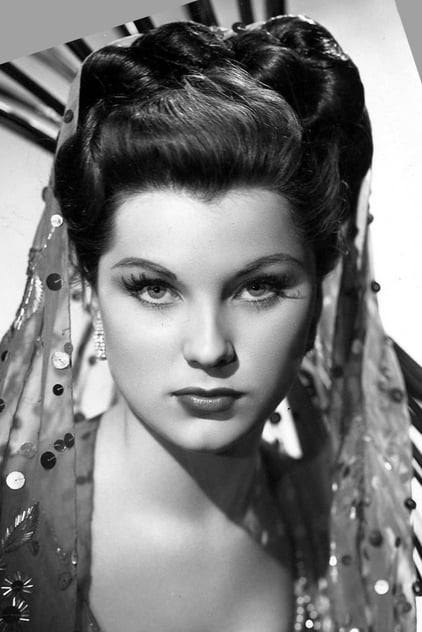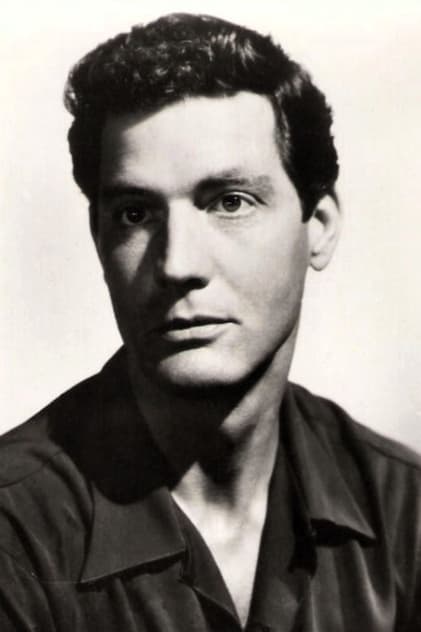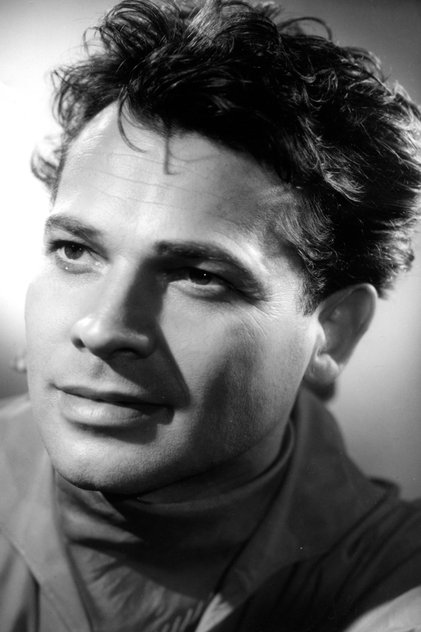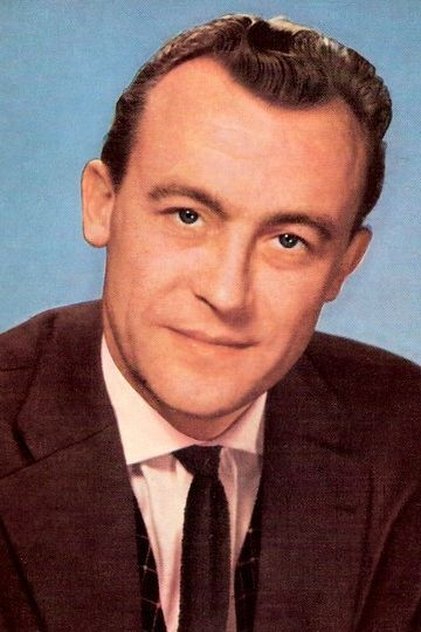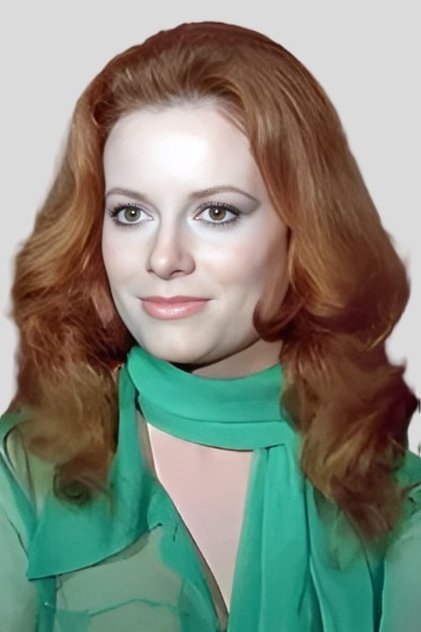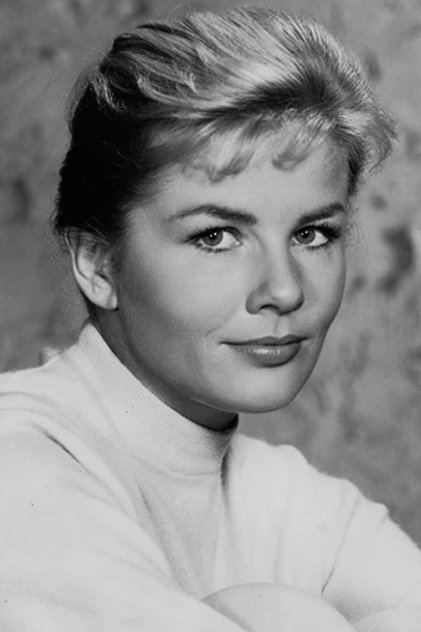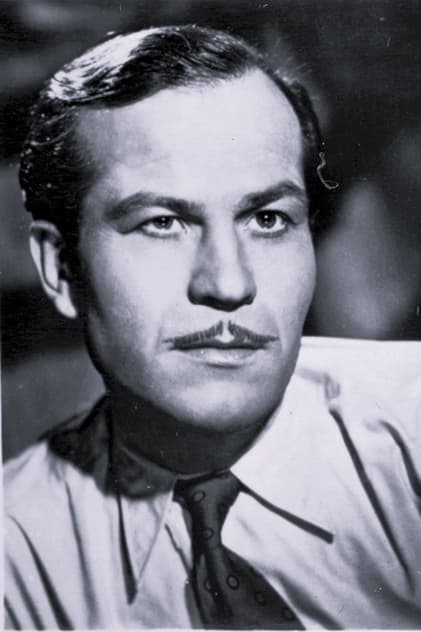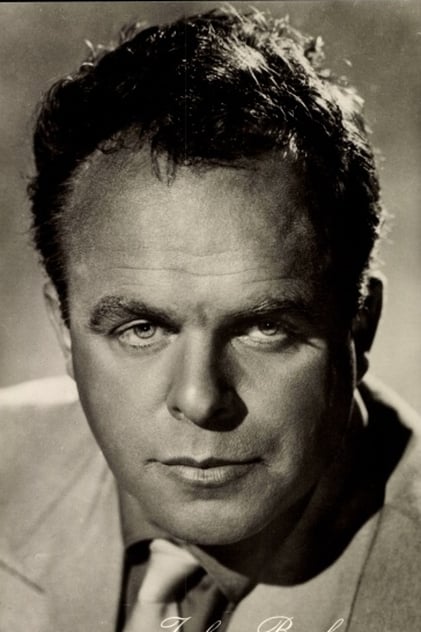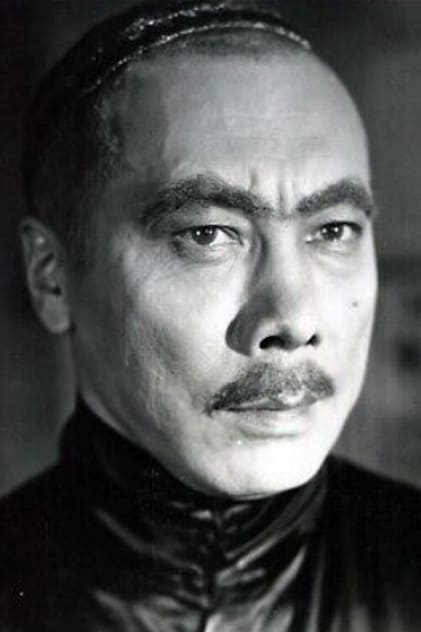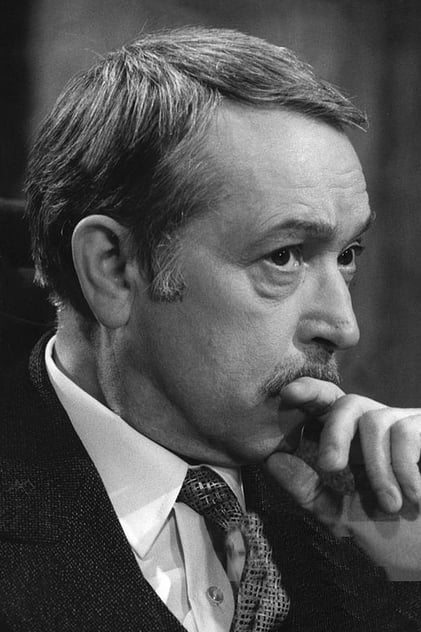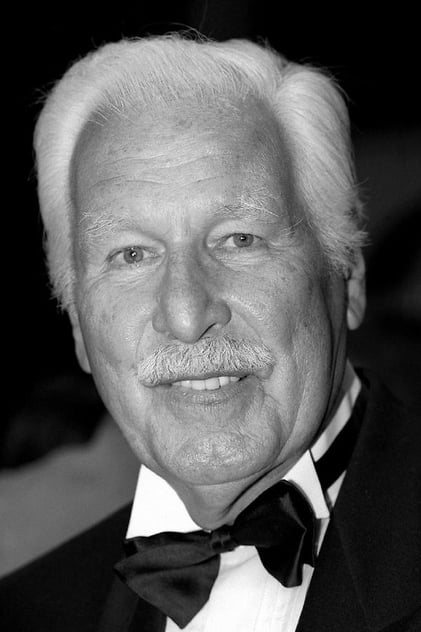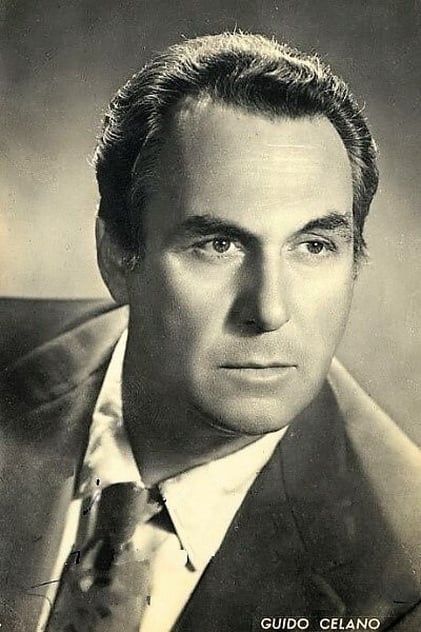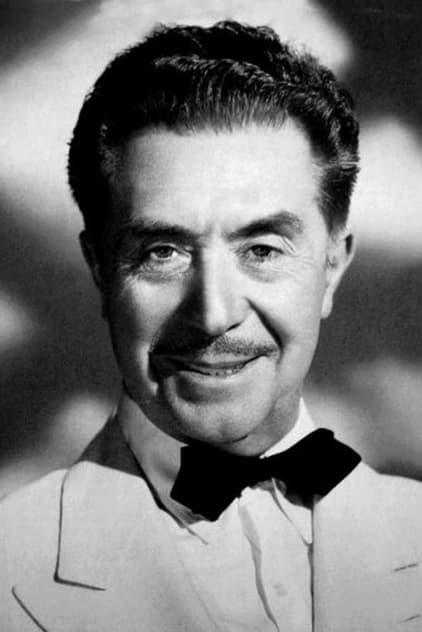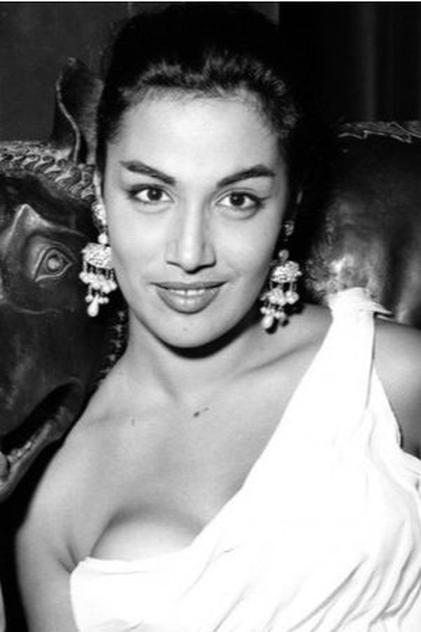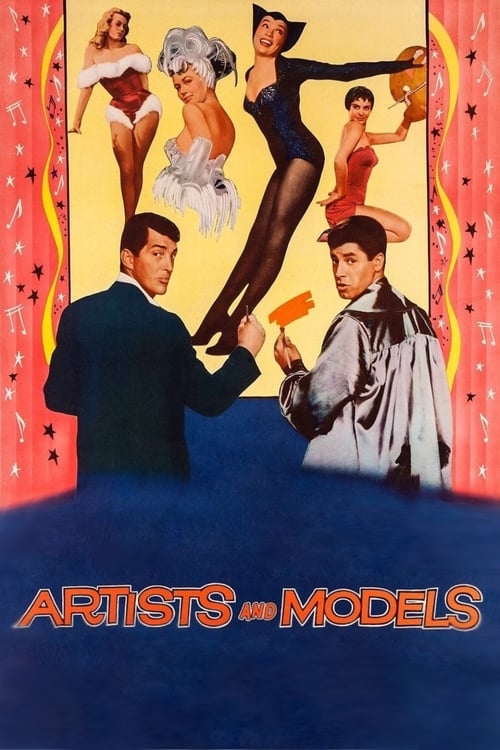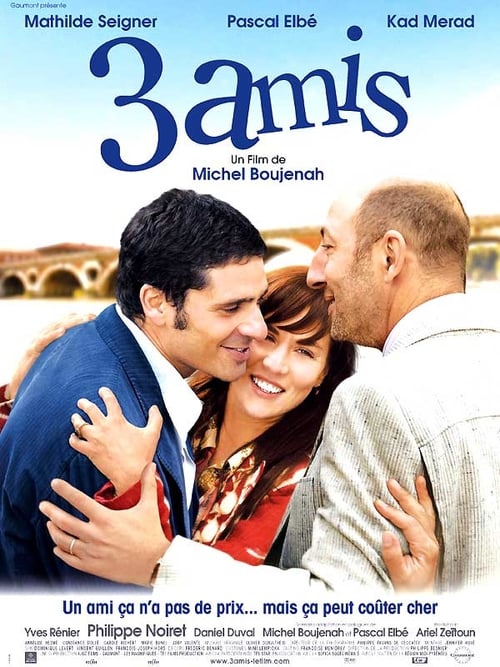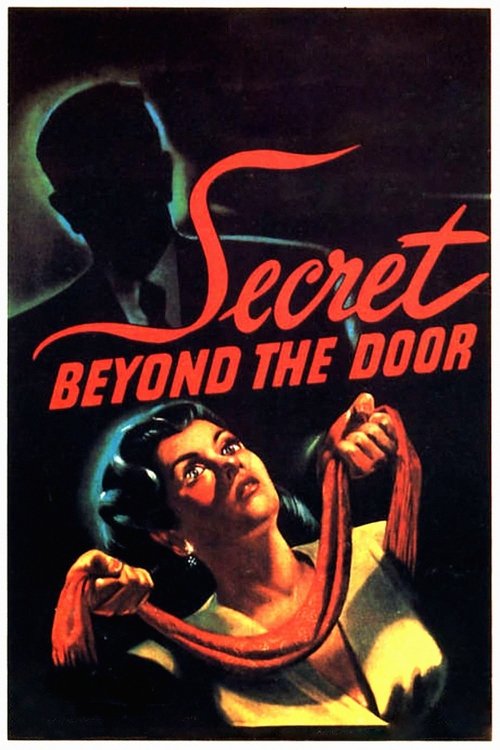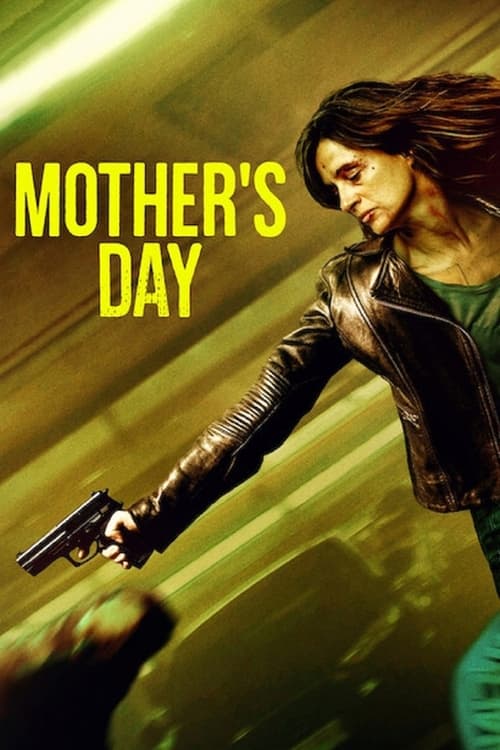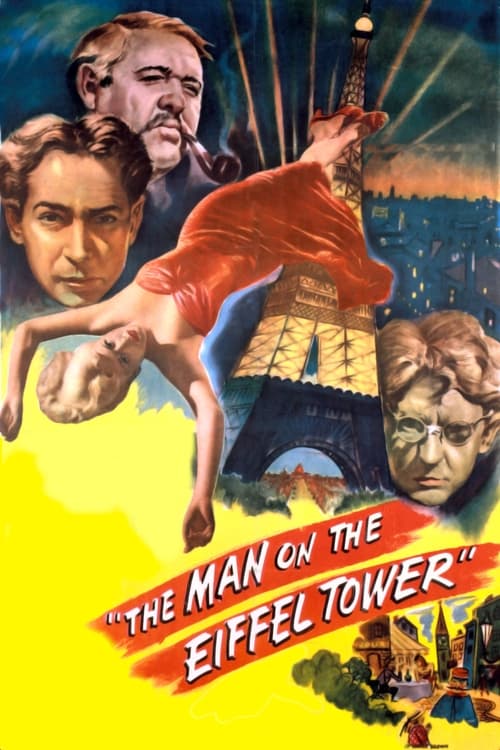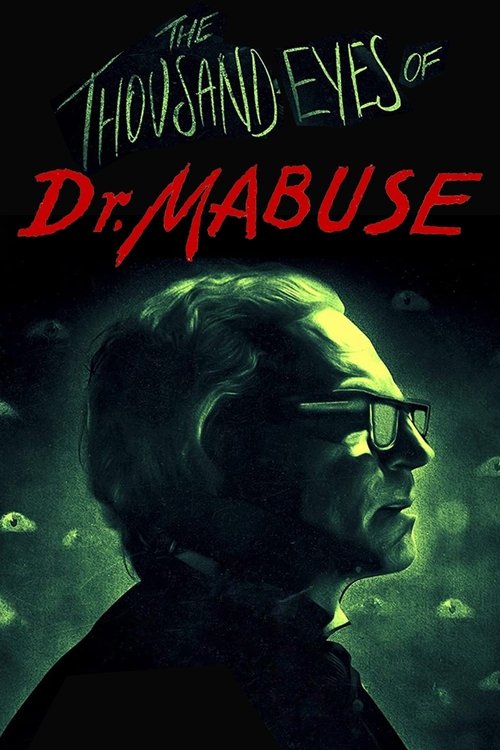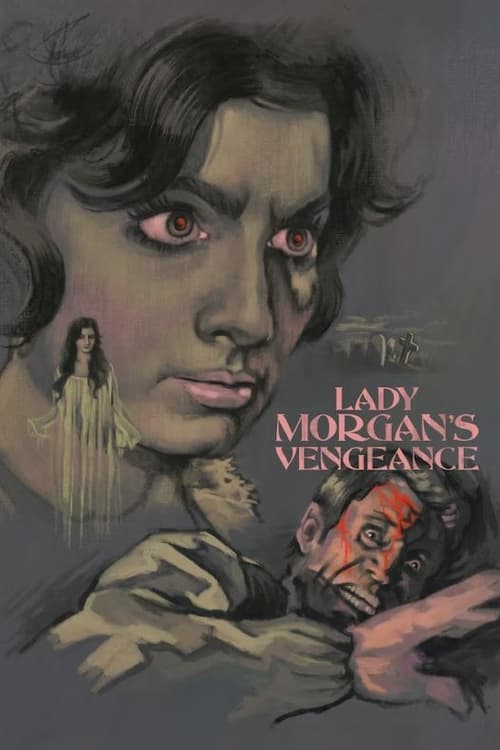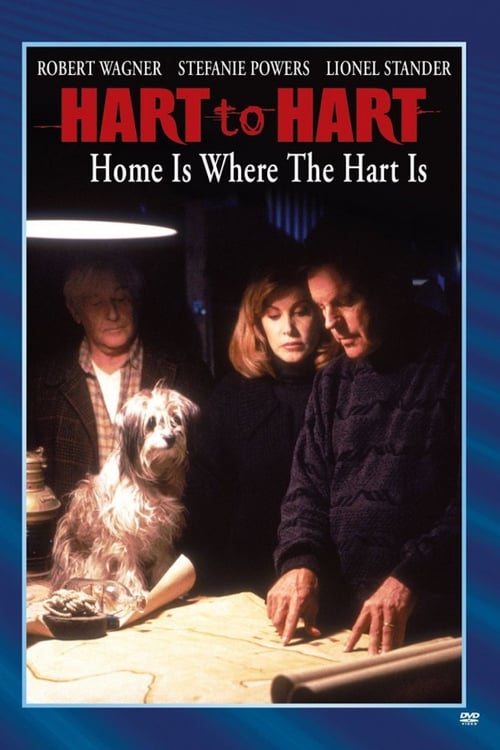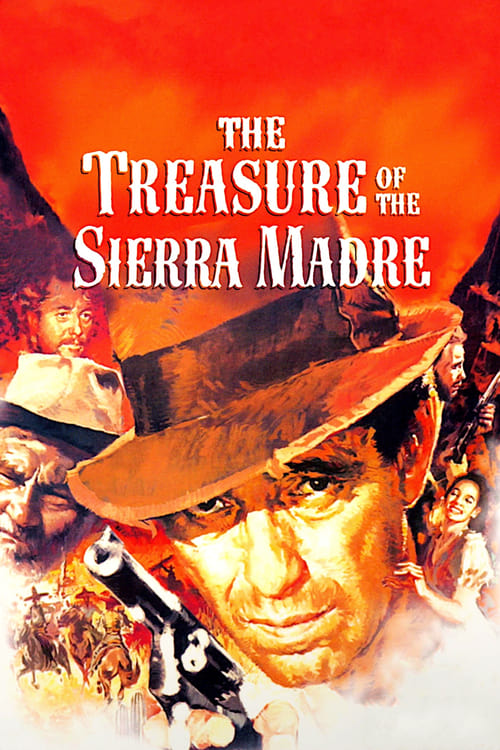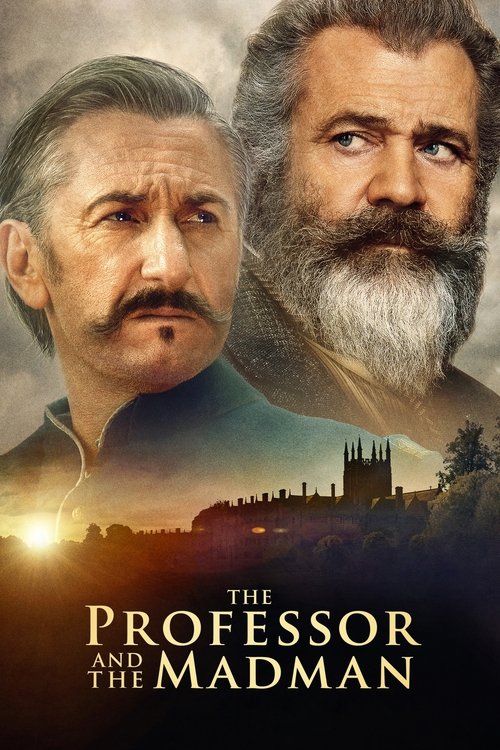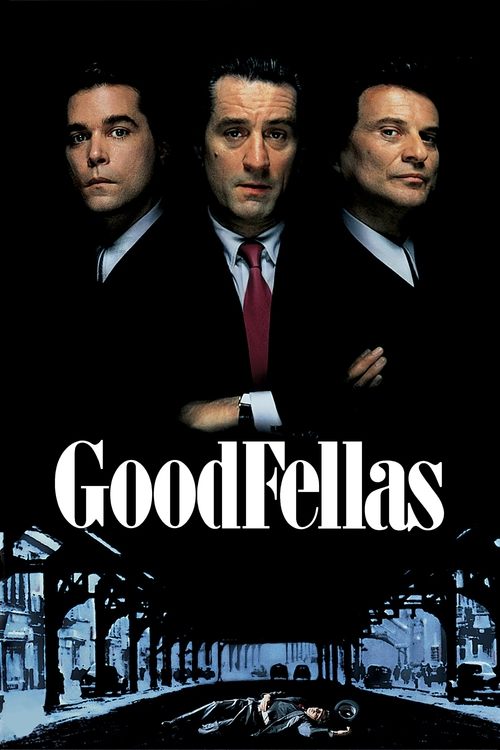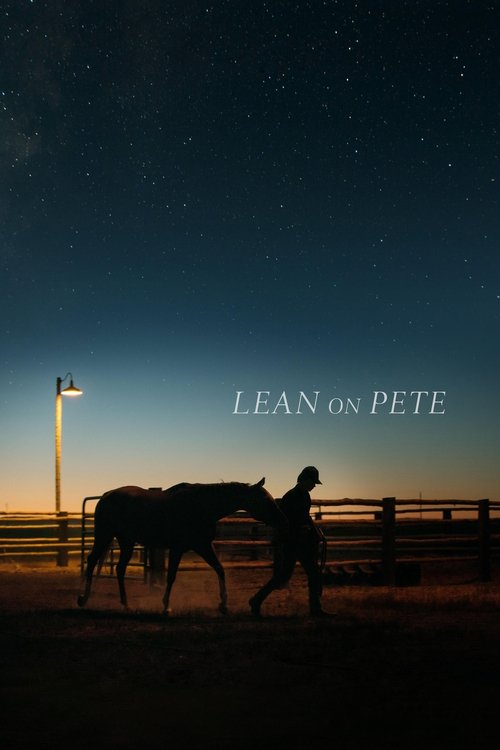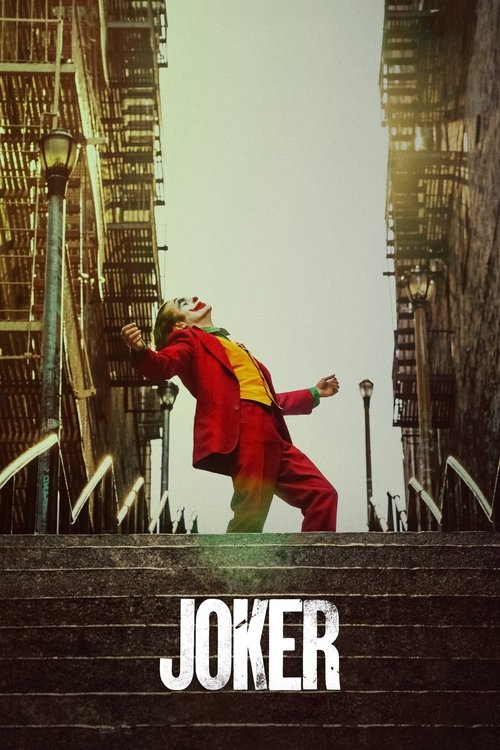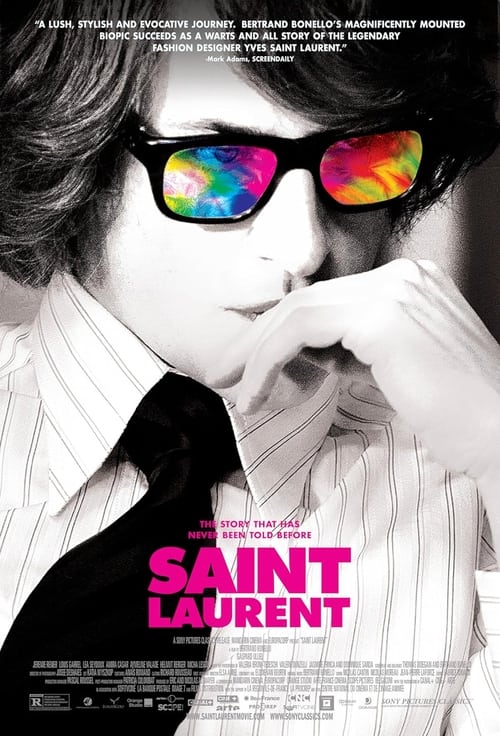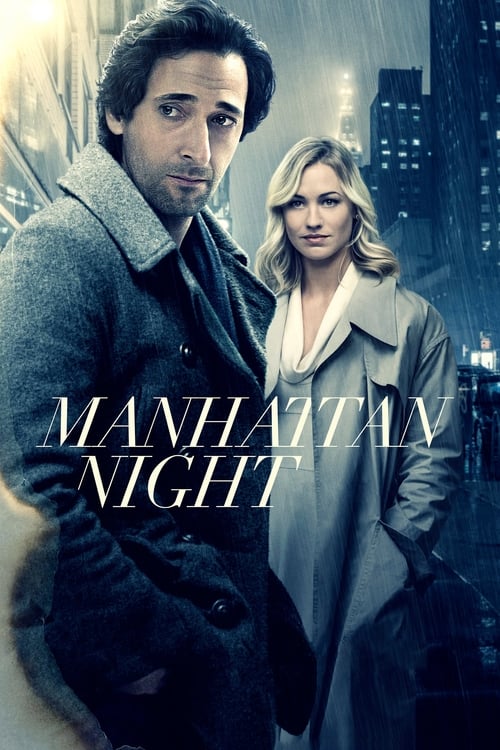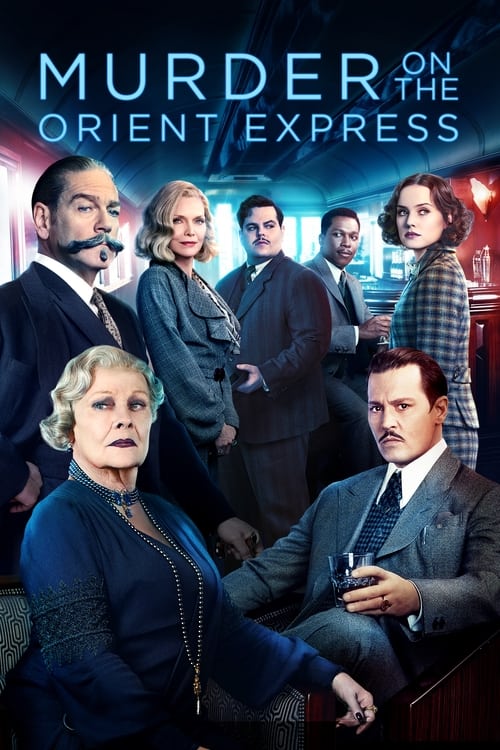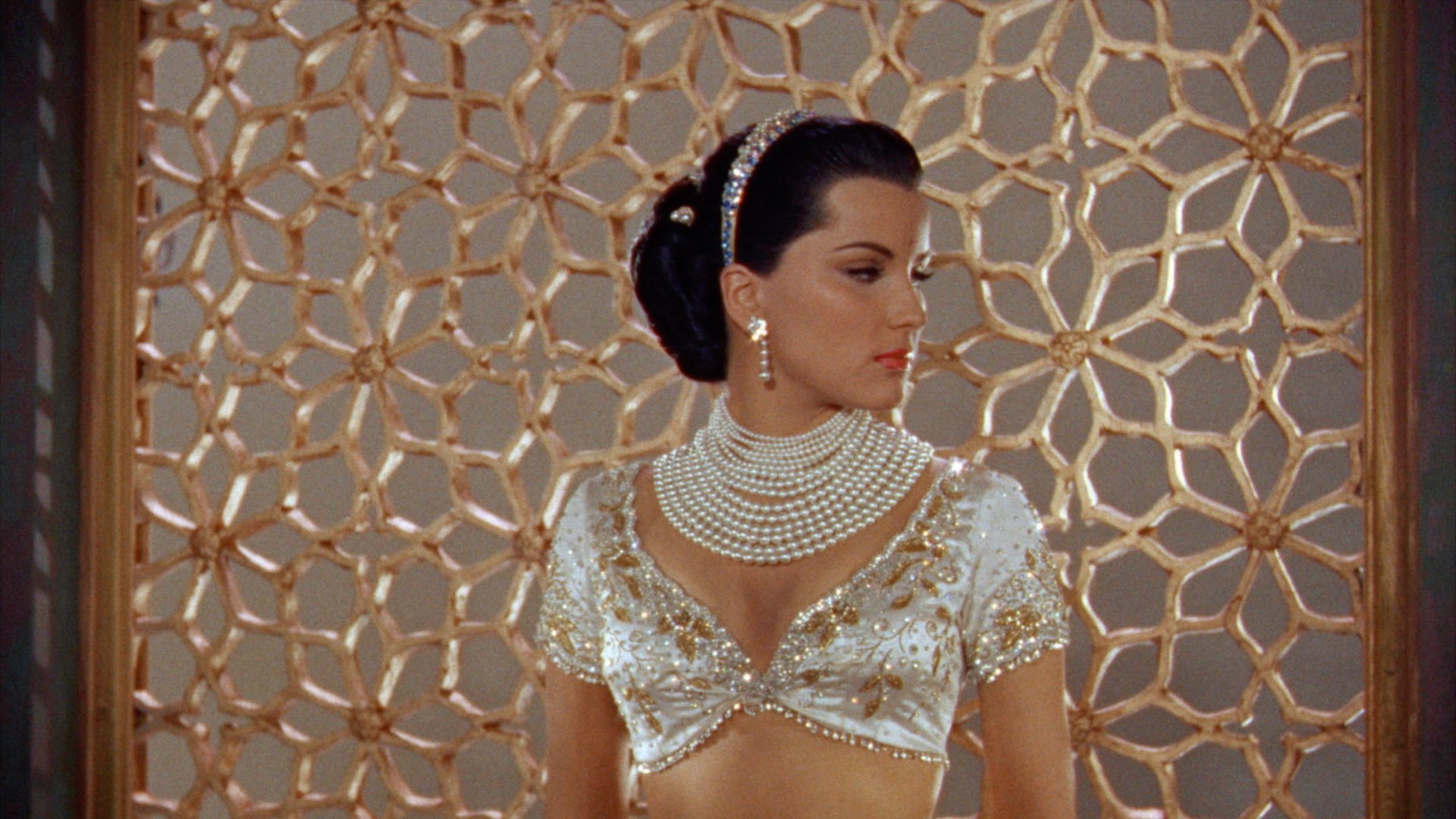
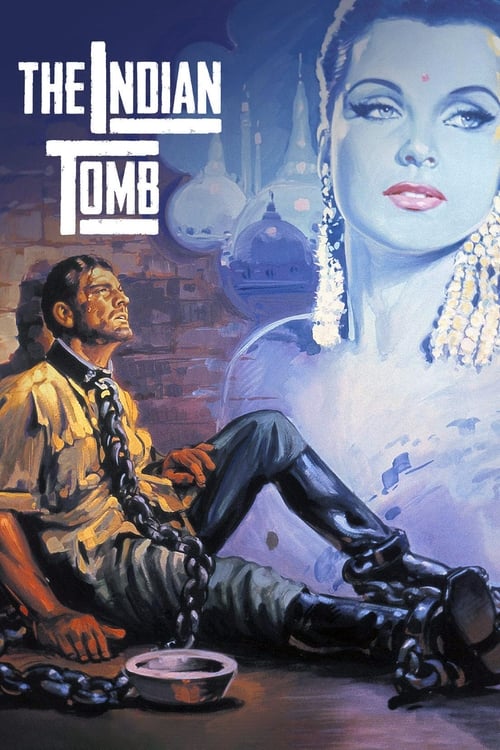
1959
·97m
The Indian Tomb
Summary
Seetha and Harold Berger are rescued from the desert by a caravan and brought to a small village. However, the greedy owner of the house where they are lodged betrays the law of hospitality and reveals their location to Prince Ramigani. The couple tries to escape but is hunted and captured by Ramigani and his men. Meanwhile Irene Rhode and her husband Walter Rhode suspect that Maharaja Chandra is not telling the truth about Harold's destiny. The conspirator Ramigani forces Seetha to accept to get married with Chandra to provoke the wrath of the priests and get the alliance of Prince Padhu and his army. In the meantime, Harold succeeds in escaping from the dungeon and seeks out Seetha to save her.
Reviews
Wuchak
May 13, 2022
_**High adventure in India with Debra Paget as Seetha**_
A German architect (Paul Hubschmid) flees Eschnapur with the fiancé (Debra Paget) of the maharajah (Walther Reyer) whose reign is secretly threatened by his envious brother (René Deltgen). Into this situation arrives the architect’s sister and brother-in-law (Sabine Bethmann & Claus Holm).
“The Indian Tomb” (1959) is the second of Fritz Lang’s duology referred to as his Indian Epic; the first part being “The Tiger of Eschnapur,” released earlier the same year.
Both films were heavily edited down into a 95-minute movie for American audiences called “Journey to the Lost City” (1960), which heavily trimmed Debra Paget’s iconic dance sequences due to the Hays Office. Obviously you should see the two separate movies rather than the butchered version, but it’s not absolutely necessary to see the first film in order to enjoy this one since it includes a recap at the outset. (I’ve personally never seen Part I, except for the dance sequence).
Anyone who likes adventure flicks such as “Legend of the Lost” (1957), “The Vengeance of She” (1968), “Raiders of the Lost Ark” (1981) and “Octopussy” (1984) should appreciate either installment of the Indian Epic. They feature spectacular palaces, heroes, villains, rivalry, danger, swords, beautiful women, romantic passion, elephants, tigers, snakes, torches, caverns, dungeons, temples, honorable monks and all-around high adventure.
Each include 3-minute dance sequences by Debra Paget as Eurasian Seetha, both equally awe-inspiring, but this one features her in more revealing (non)attire (I prefer the first one since less is more). Debra’s performances are just as good or better than Brigid Bazlen unforgettable dance scene in “King of Kings” (1961) and Salma Hayek’s in “From Dusk Till Dawn” (1996).
The film runs 1 hour, 40 minutes, and was shot in Udaipur in Northwestern India, areas normally barred from Western film crews up to that point. Interiors were shot at Spandau Studios in Berlin. “Octopussy” used some of the same India locations.
GRADE: A-
Media
Status:
Released
Original Language:
German
Budget:
$0.00
Revenue:
$0.00
